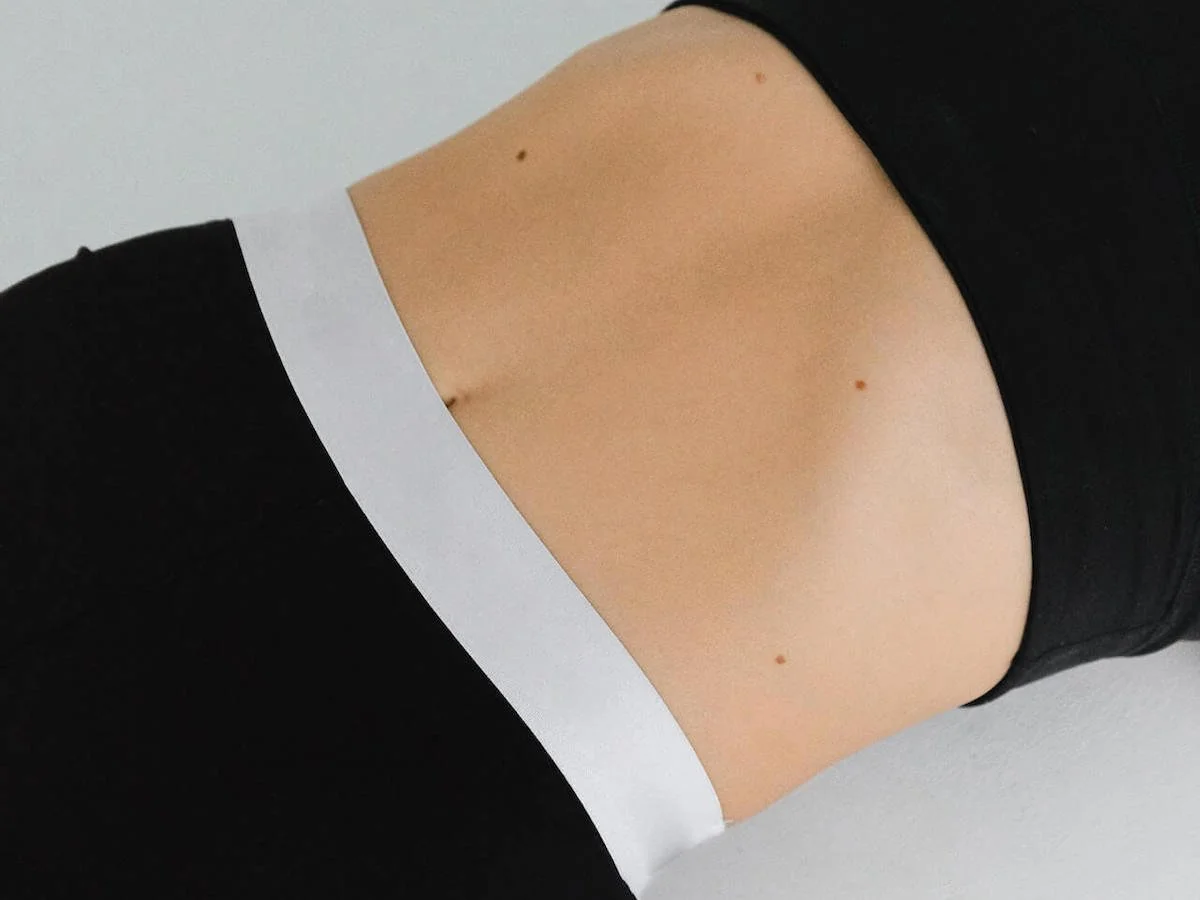Moles
Moles are common skin growths. They can appear as flat brown patches or raised brown or even pink bumps. Moles are very common, with most individuals having between 10 to 40 moles on their bodies. They can appear anywhere on the skin, including the face, arms, legs, and torso. The number of moles a person has can be influenced by factors such as genetics and sun exposure.
What are moles?
Moles, medically known as nevi, are a common skin condition that many people have. They are clusters of pigmented cells, known as melanocytes, that can appear on various parts of the body. While moles are typically harmless, it's important to be aware of their characteristics and any changes that might occur, as some moles can be indicative of skin conditions or, in rare cases, skin cancer.
Types of moles
There are several types of moles, each with distinct characteristics:
Congenital moles: These are moles that are present at birth or appear shortly after. They vary in size and color, with some being quite small and others more prominent. Larger congenital moles, particularly those over 8 inches in diameter, may have a slightly increased risk of developing into melanoma, a serious form of skin cancer.
Acquired moles: These are moles that develop after birth. They can appear at any age and are usually influenced by sun exposure. Acquired moles are generally smaller and rounder than congenital moles.
Dysplastic nevi: These moles are larger than average and irregular in shape, often with mixed shades of color. They are more likely to become cancerous than regular moles, so it's crucial to monitor them closely.
Halo moles: These moles are characterized by a ring or halo of depigmentation (loss of color) around the mole. While the cause of halo moles is not entirely understood, they are generally benign.
What causes moles?
Moles occur when melanocytes, the pigment-producing cells in the skin, grow in clusters instead of being distributed evenly. While the exact cause is not completely understood, genetics play a significant role. Sun exposure, particularly during childhood, also increases the likelihood of developing moles. Genetics are also an important part of mole growth, with a tendency towards moles being seen in multiple family members
“I’ve been to a number of different dermatologists in different states over the years and Dr. Krishna is one of the best I’ve met. She is thorough, knowledgeable and interacts with her patient. Takes the time to answer questions and make sure that you understand what treatments and outcomes to expect. Excellent, if all the dermatologists at North Co. medical group were of her caliber they would have more patients than they could handle.”
Where to go to get moles checked?
While most moles are harmless, if you have several moles or changing moles, please reach out to a dermatologist for a skin check. Additionally if you have a family history of melanoma or atypical moles, it’s important to have annual skin checks and perform monthly self checks.
At Coastal Pacific Dermatology, we perform detailed skin checks and take a careful family and personal history to ascertain your individual risk for atypical moles and melanoma. We offer advanced screening with the use of dermoscopy, a noninvasive, in vivo microscopy technique that allows for deeper evaluation of moles. This is done using a handheld device using a dermatoscope and is performed at no extra charge, as part of a comprehensive skin check. Please contact us or schedule an appointment using our online scheduling tool today!

